Years-old rumors that Apple will roll out a line of Internet-connected displays have resurfaced in reports that suggest the company will bundle its Apple TV product within a new line of HDTVs.
Back in January 2007, American Technology analyst Shaw Wu supported such rumors with a research note stating that the company was working on "large screen" technologies within its development labs. "We are not certain on timing but our analysis indicates that AAPL is beyond prototype on large-screen technologies (for a larger monitor or possibly Apple-branded HDTV)," he advised clients at the time.
However, that was nearly two years ago. Since then, Apple has continued to sell video projectors from Epson and NEC in both its online and physical retail stores but does not sell HDTVs in either, indicating that the company hasn't exactly rushed to enter the HDTV market. A number of cost and usefulness factors have likely come into play.
Cinema Display vs HDTV
Apple already faces tough competition in its high-end Cinema Display line. Apple's largest 30" display costs $1800 and requires a "Pro" level Mac with Dual Link DVI graphics in order to drive the screen's 2560x1600 resolution. A name brand 32" HDTV costs closer to $700, because it uses inexpensive parts to deliver a much lower resolution picture.
Apple TV is designed to target those simpler TV displays. It can theoretically deliver a 1920x1080 (1080p) signal, but most content is typically supplied at 1280x720 (720p), or roughly a quarter the resolution of the 30" Cinema Display. Apple's HD iTunes content is distributed at the lower standard HD resolution, as is most HD cable and free HD broadcasts. There is next to no content delivered at 1080p outside of Blu-ray discs, which have yet to make a significant impact on the market outside of a videophile niche.
The majority of HDTVs under 40 inches are also "only" 720p resolution, as full 1080p resolution displays are considerably more expensive but only deliver a visible superiority on sets larger than 50 inches. Some networks also favor the 720p standard for its smoother image quality in fast moving sports programming, including ABC, FOX and ESPN; other networks supply their HD programming in 1080i, including CBS, NBC, HBO, and Discovery, which provides a sharper picture in low motion still shots.
Apple TV provides nominal support for 1080i video, but content it delivers from iTunes is 720p, while most podcasts are either 720p, standard definition 640x480, or even lower quality. YouTube supplies 320x240 video, although Google is beginning to roll out a higher quality 448x336 encoding option.
Mind the (price) gap
The vast difference in price and quality between Cinema Display computer video resolutions and the relatively low resolution HDTV market means that HDTVs are a far more competitive, commoditized mass market. That results in little room for Apple to differentiate itself as a TV vendor.
Instead of selling its own low margin, high volume TV sets, Apple has shipped the Apple TV appliance as a device that can work with any modern HDTV set from any manufacturer. In the direct-to-TV arena, Apple TV compares with HP's $350 MediaSmart box, or Sony's $300 Sony Bravia Internet Video Link module tied to Amazon's Unbox service.
No manufacturer has seen any runaway success in selling an Internet-connected HDTV for streaming downloads, photos, music and related content like Apple TV. HP's strategy of attaching its MediaSmart box to its own HDTVs has not resulted in any particular success, and Sony's incorporation of its Bravia Internet Video Link module has faired roughly as well.
Much of this challenge stems from the cost. Putting a $229 Apple TV into an HDTV costing $700 or more would add 32 percent to the price of the set. In a market where price is often the primary consideration, this may be a difficult sell.
Low Margin HDTV + Low Margin Apple TV = Win?
Price breakdowns indicate that Apple's margins on the Apple TV are already razor thin, particularly when compared to Macs, the iPod, and the iPhone. That gives Apple little room to strip the price down further, even if it were incorporated directly into an HDTV set. It simply includes too many expensive components. Apple sells the unit as nearly a loss leader to gain a foothold in the slowly emerging market for direct TV downloads.
Instead, Apple has been incrementally improving the software of the Apple TV to features such as HD video downloads, support for Dolby Digital 5.1, and most recently HD TV programming from iTunes and Remote features that integrate with the iPhone and iPod touch. Apple has taken dominant market share in video downloads as existing rivals, including Vongo, have failed and new competitors such as Vudu have struggled to match Apple's aggressive price cuts.
If anything, Apple's best bet may be to work out a deal to bundle Apple TV units with the HDTVs sold by manufacturers, or else striking deals with partners such as Best Buy to sell the unit as an accessory with the new HDTV units it sells. Given that Apple hasn't shipped its own HDTV set incorporating Apple TV features over the last two years of reportedly investigating the possibility, it would seem likely the company is taking its time investigating alternatives to jumping into the risky HDTV business all on its own.
 Prince McLean
Prince McLean

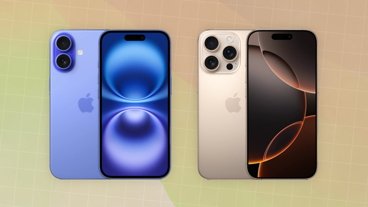




-m.jpg)






 Marko Zivkovic
Marko Zivkovic
 Andrew Orr
Andrew Orr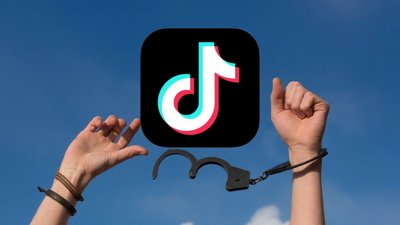
 Amber Neely
Amber Neely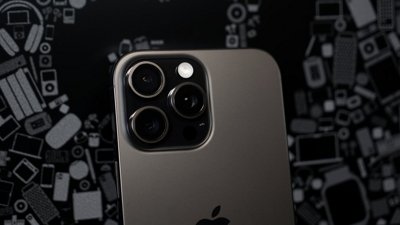
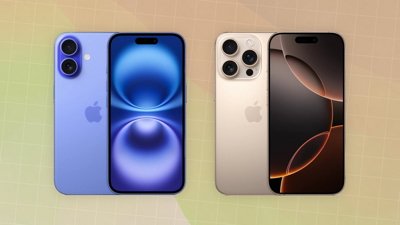
 William Gallagher and Mike Wuerthele
William Gallagher and Mike Wuerthele

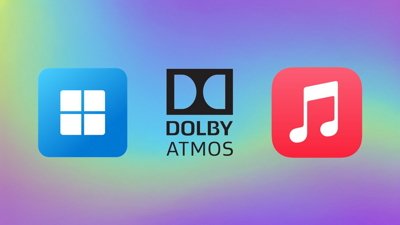
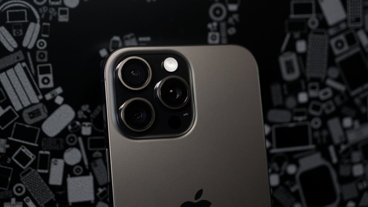
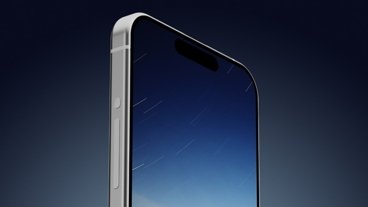
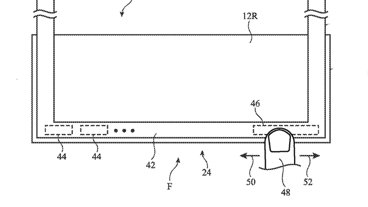







120 Comments
Apple will not start selling HD monitors. That's a commodity market, already saturated by companies with WAY more experience and focus than Apple. Takes up LOTs of warehouse space which Apple doesn't have in its retail chain.
They REALLY will not start selling Monitors with AppleTVs built in.
The market for all-in-one TVs with built-in everything died years ago, and I don't see anyone who wants to have their digital technology (DVR, DVD, etc) tied to their monitor. Even cable-cards have died a quiet death.
Apple will not start selling HD monitors. That's a commodity market, already saturated by companies with WAY more experience and focus than Apple. Takes up LOTs of warehouse space which Apple doesn't have in its retail chain.
They REALLY will not start selling Monitors with AppleTVs built in.
The market for all-in-one TVs with built-in everything died years ago, and I don't see anyone who wants to have their digital technology (DVR, DVD, etc) tied to their monitor. Even cable-cards have died a quiet death.
Commodity? You could say the same thing about computers and mobile phones. They didn't drop Computer from their name for nothing. It's been a long time since the Cinema Displays were updated, and I'd say the HDTV thing has a lot to do with it.
Interfaces and remotes have become a nightmare for people trying to watch TV. Look for Apple to make it easier.
Sorry but that is pure crap statement, mainly because of the existance of the PS3, which has sales numbers in the millions and are not a "videophile niche".
People need to go back into Apple's history and see what Jobs was thinking years ago. An Apple TV is not far fetched.
Price breakdowns indicate that Apple's margins on the Apple TV are already razor thin,
This surprises me, as the one thing that really stands out to me is that the Apple TV is grossly overpriced for what it does. If this is true, they really need to figure out a way to make them less expensive to build.